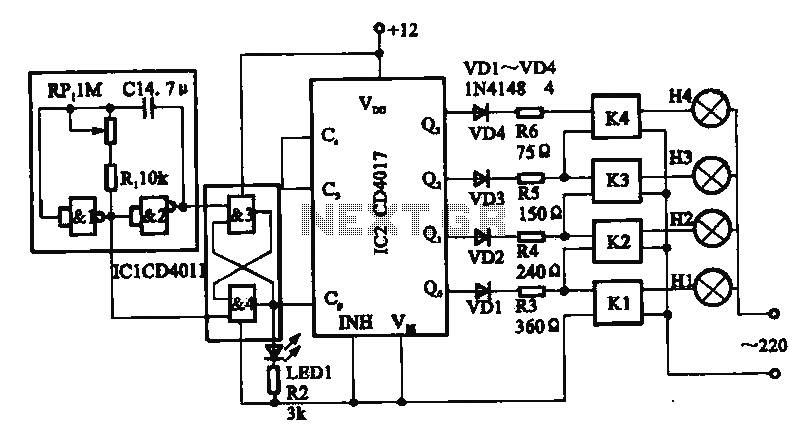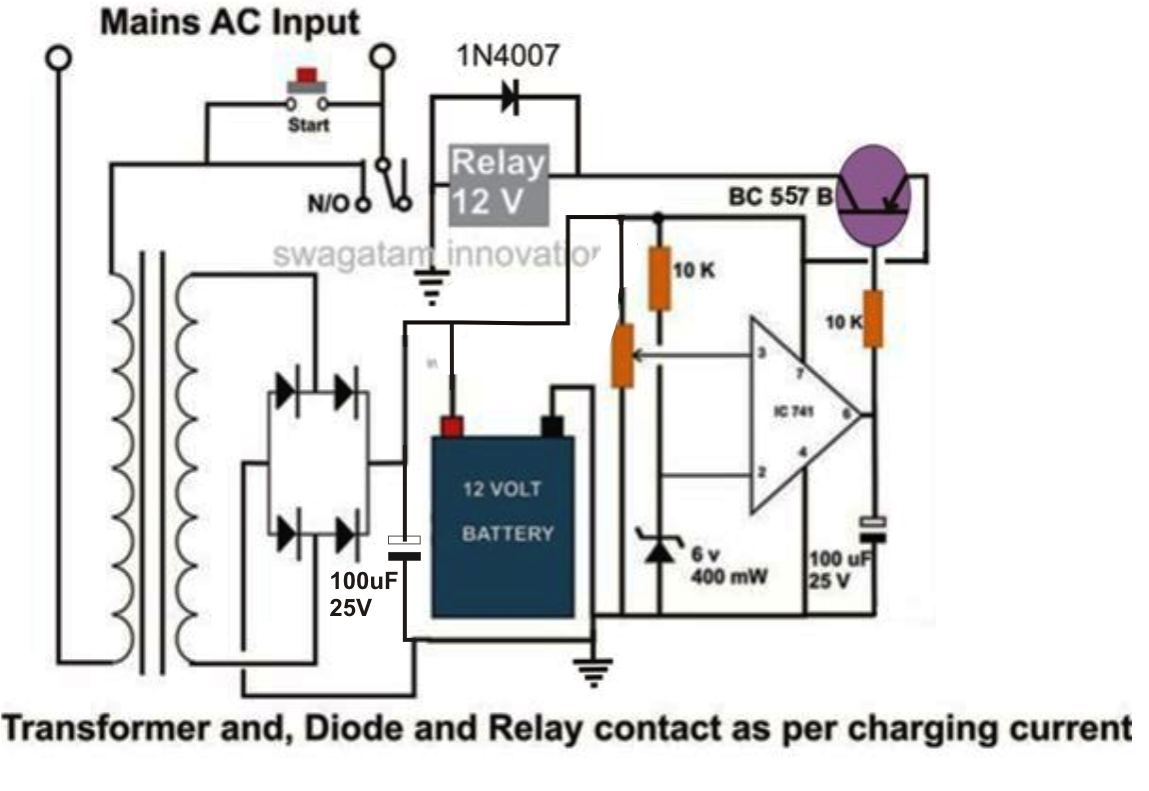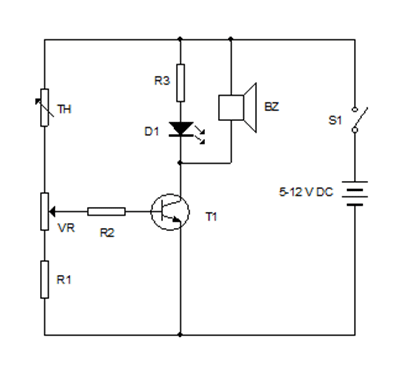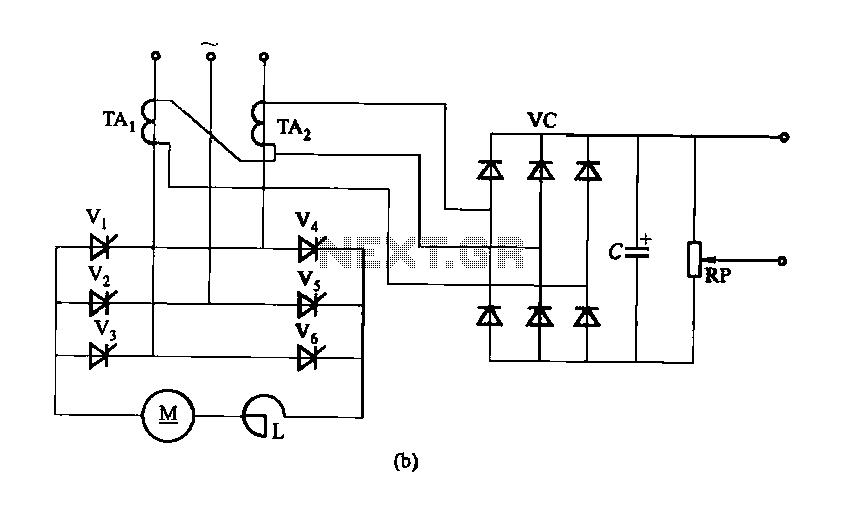
Current Loop Transmitter For Temperature Sensor

The current loop interface is widely used in industrial environments due to its robustness. Its noise resistance and failure detection capabilities make it suitable for various applications.
The current loop interface, commonly referred to as a 4-20 mA current loop, is a standard method for transmitting analog signals over long distances in industrial settings. This interface operates on the principle of current rather than voltage, which allows for better noise immunity. In environments with significant electromagnetic interference, such as factories or processing plants, the current loop can maintain signal integrity.
The typical configuration of a current loop involves a transmitter that generates a current proportional to the measured variable (e.g., temperature, pressure, or flow) and a receiver that interprets this current signal. The standard range for the current signal is between 4 mA and 20 mA, where 4 mA represents the lowest measurement (zero or minimum value) and 20 mA represents the highest measurement (full scale). This range provides a built-in fault detection mechanism; if the current falls below 4 mA, it indicates a problem, such as a broken wire or a malfunctioning transmitter.
To implement a current loop interface, components such as a power supply, a current transmitter, and a receiving device (such as a programmable logic controller or a data acquisition system) are necessary. The power supply typically provides the necessary voltage to drive the current through the loop. The transmitter can be a simple resistor or a more complex device that converts sensor readings into a proportional current output. The receiving device then converts the current signal back into a usable format for monitoring or control purposes.
The design of the current loop interface must consider factors such as loop resistance, voltage drop, and the power supply's specifications to ensure proper operation. Additionally, the use of twisted pair wiring can further enhance noise resistance, making the current loop a reliable choice for industrial applications. Overall, the robustness, noise immunity, and fault detection capabilities of the current loop interface make it a preferred choice in various industrial measurement and control systems.Current loop interface has been widely used in industrial environment because it`s robustness. Noise resistance and fail detection capability? made it suitable. 🔗 External reference
The current loop interface, commonly referred to as a 4-20 mA current loop, is a standard method for transmitting analog signals over long distances in industrial settings. This interface operates on the principle of current rather than voltage, which allows for better noise immunity. In environments with significant electromagnetic interference, such as factories or processing plants, the current loop can maintain signal integrity.
The typical configuration of a current loop involves a transmitter that generates a current proportional to the measured variable (e.g., temperature, pressure, or flow) and a receiver that interprets this current signal. The standard range for the current signal is between 4 mA and 20 mA, where 4 mA represents the lowest measurement (zero or minimum value) and 20 mA represents the highest measurement (full scale). This range provides a built-in fault detection mechanism; if the current falls below 4 mA, it indicates a problem, such as a broken wire or a malfunctioning transmitter.
To implement a current loop interface, components such as a power supply, a current transmitter, and a receiving device (such as a programmable logic controller or a data acquisition system) are necessary. The power supply typically provides the necessary voltage to drive the current through the loop. The transmitter can be a simple resistor or a more complex device that converts sensor readings into a proportional current output. The receiving device then converts the current signal back into a usable format for monitoring or control purposes.
The design of the current loop interface must consider factors such as loop resistance, voltage drop, and the power supply's specifications to ensure proper operation. Additionally, the use of twisted pair wiring can further enhance noise resistance, making the current loop a reliable choice for industrial applications. Overall, the robustness, noise immunity, and fault detection capabilities of the current loop interface make it a preferred choice in various industrial measurement and control systems.Current loop interface has been widely used in industrial environment because it`s robustness. Noise resistance and fail detection capability? made it suitable. 🔗 External reference





